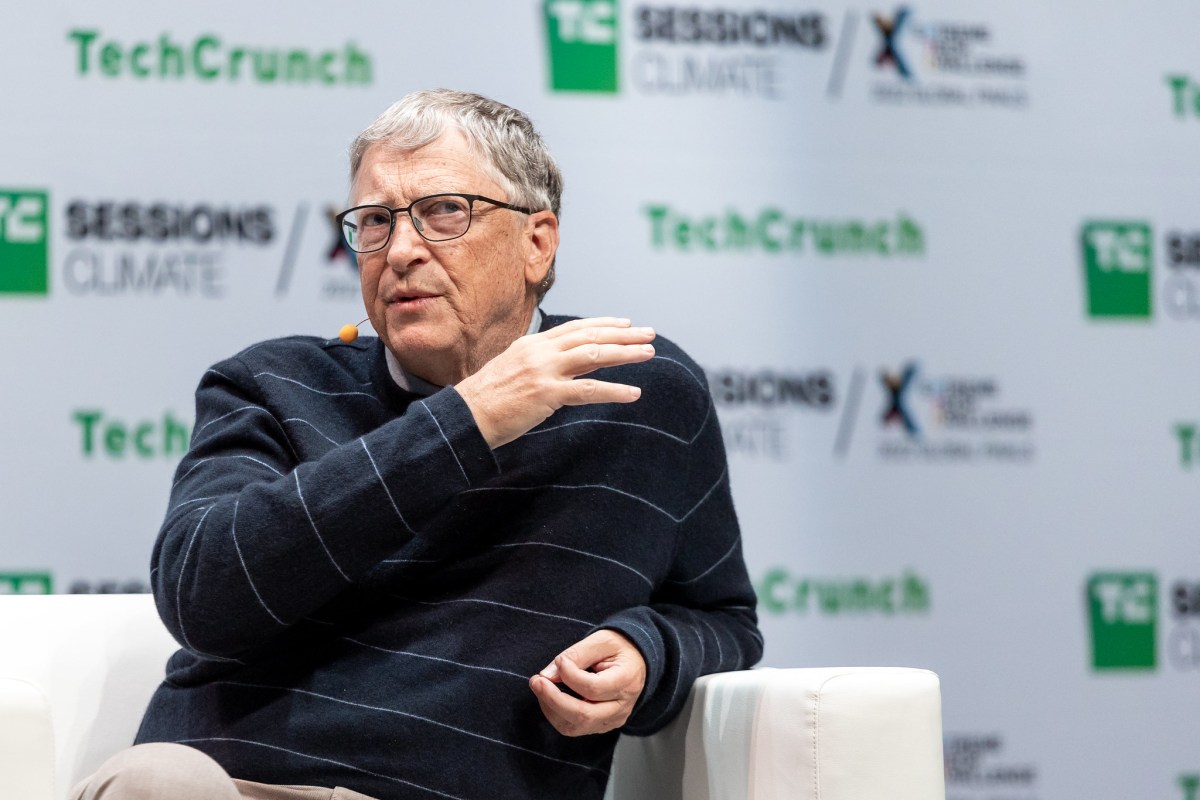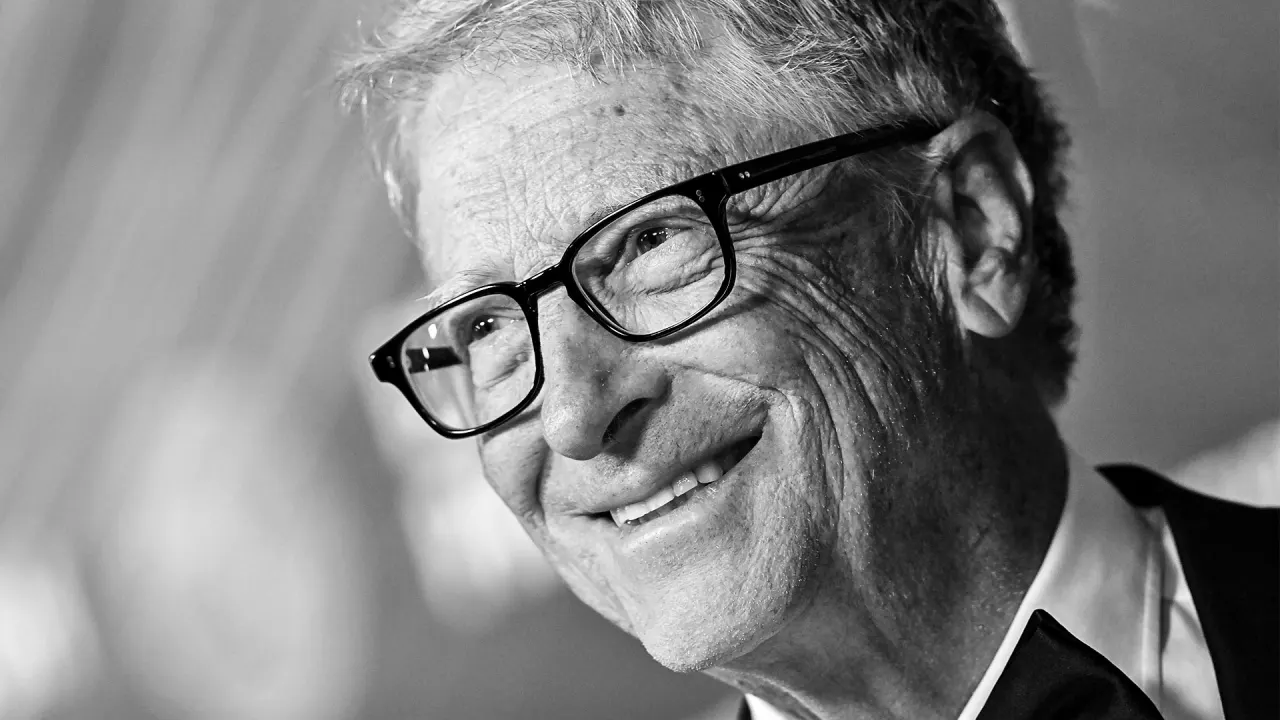Cyberwarfare, Blockchain Simulations, and Open Source Licensing: A Comprehensive Analysis
Abstract: This post explores the evolving interplay between open source licensing, blockchain simulations, cyberwarfare, Decentraland simulations, TON DNS, and ethical software development. By diving into the historical context, core technical features, and use cases, we shed light on how these innovations shape cybersecurity training and operations. We also analyze challenges and limitations, forecast future trends, and provide actionable insights for developers, security experts, and policy makers. Additional links to authoritative sources and relevant dev.to posts make this guide a valuable resource on blockchain, NFTs, and cutting-edge cyber operations. Introduction In today’s digital landscape, the convergence of blockchain, NFTs, simulation, and open source licensing has revolutionized how cyber warfare is conducted and defended. Cyberwarfare, once considered the domain of state military operations, now leverages decentralized systems and immersive virtual environments. With technologies such as Decentraland cyberwar simulations and secure systems like TON DNS, open source licensing guides ethical software development while fueling innovation. This post provides an in-depth analysis of these trends, making it an essential read for technical experts and enthusiasts alike. Background and Context Over the past few decades, technology has reshaped global security by merging open collaboration with cutting-edge innovations. The evolution of open source licensing created a foundation for software developers to collaborate across borders while fueling advances in cybersecurity. Early licenses including the MIT License, Apache License, and GNU General Public License have provided frameworks to adopt and modify code without heavy legal constraints. Today, these models are adapted to meet the needs of national defense and cyber operations. Simultaneously, blockchain technology offers transparency, accountability, and decentralization. Initially popularized by cryptocurrencies and NFTs, blockchains now empower immersive simulations, such as those in Decentraland, where virtual cyberwar training scenarios are conducted. These simulations allow both offensive “red teams” and defensive “blue teams” to test strategies in realistic environments. The advent of decentralized systems like TON DNS further challenges traditional centralized communication methods, offering enhanced privacy, censorship resistance, and secure domain resolution—vital in high-stakes cyber operations. Overall, these digital innovations are redefining cyber strategies, ethical guidelines, funding models, and regulatory frameworks. Core Concepts and Features The integration of open source licensing, blockchain-powered simulations, decentralized communication (TON DNS), and ethical software development creates a multifaceted environment. Below are key concepts and overlapping features that drive this ecosystem: Open Source Licensing in Cyber Warfare License Flexibility: Open source licenses such as MIT (permissive) and GPL (copyleft) determine how software is distributed and modified. In cybership strategies, this ensures rapid adaptation while maintaining clear compliance and risk management Risk Management Strategies. Legal and Ethical Frameworks: With cyber tools capable of both defense and offense, ethical considerations and legal compliance become critical. Licensing models now incorporate ethical software development principles to ensure data privacy and risk mitigation. Blockchain and Cyber Simulations Decentraland as a Training Ground: Virtual simulation platforms like Decentraland provide engaging environments to test and enhance cybersecurity measures. These simulations record every transaction via blockchain, maintaining an irreproachable audit trail Decentraland Cyberwar Simulations. Blockchain-Driven Verification: Blockchain technologies offer immutable records, ensuring each simulation’s transparency and verifying the accuracy of tests conducted by both attack and defense teams. This contributes to heightened accountability and continuous improvement. TON DNS and Decentralized Domain Systems Enhanced Privacy and Resilience: TON DNS leverages blockchain to create robust decentralized domain systems. Such systems improve resistance to censorship and maintain secure internet communications during cyber conflicts TON DNS Cyberwar Applications. Integration with Military Strategies: Decentralized systems like TON DNS are strategically deployed in scenarios where reliable communication channels are essential, reducing vulnerabilities associated with traditional DNS systems. Open Source Cyber Tools and Ethical Software Development Advanced Cybersecurity Tools: Open source applications like Metasploit, Nmap, Snort, and Wireshark are crucial in identifying vulnerabilities and defending networks Open Source Tools in Cyber Warfare. Ethical Con

Abstract:
This post explores the evolving interplay between open source licensing, blockchain simulations, cyberwarfare, Decentraland simulations, TON DNS, and ethical software development. By diving into the historical context, core technical features, and use cases, we shed light on how these innovations shape cybersecurity training and operations. We also analyze challenges and limitations, forecast future trends, and provide actionable insights for developers, security experts, and policy makers. Additional links to authoritative sources and relevant dev.to posts make this guide a valuable resource on blockchain, NFTs, and cutting-edge cyber operations.
Introduction
In today’s digital landscape, the convergence of blockchain, NFTs, simulation, and open source licensing has revolutionized how cyber warfare is conducted and defended. Cyberwarfare, once considered the domain of state military operations, now leverages decentralized systems and immersive virtual environments. With technologies such as Decentraland cyberwar simulations and secure systems like TON DNS, open source licensing guides ethical software development while fueling innovation. This post provides an in-depth analysis of these trends, making it an essential read for technical experts and enthusiasts alike.
Background and Context
Over the past few decades, technology has reshaped global security by merging open collaboration with cutting-edge innovations. The evolution of open source licensing created a foundation for software developers to collaborate across borders while fueling advances in cybersecurity. Early licenses including the MIT License, Apache License, and GNU General Public License have provided frameworks to adopt and modify code without heavy legal constraints. Today, these models are adapted to meet the needs of national defense and cyber operations.
Simultaneously, blockchain technology offers transparency, accountability, and decentralization. Initially popularized by cryptocurrencies and NFTs, blockchains now empower immersive simulations, such as those in Decentraland, where virtual cyberwar training scenarios are conducted. These simulations allow both offensive “red teams” and defensive “blue teams” to test strategies in realistic environments.
The advent of decentralized systems like TON DNS further challenges traditional centralized communication methods, offering enhanced privacy, censorship resistance, and secure domain resolution—vital in high-stakes cyber operations. Overall, these digital innovations are redefining cyber strategies, ethical guidelines, funding models, and regulatory frameworks.
Core Concepts and Features
The integration of open source licensing, blockchain-powered simulations, decentralized communication (TON DNS), and ethical software development creates a multifaceted environment. Below are key concepts and overlapping features that drive this ecosystem:
Open Source Licensing in Cyber Warfare
License Flexibility:
Open source licenses such as MIT (permissive) and GPL (copyleft) determine how software is distributed and modified. In cybership strategies, this ensures rapid adaptation while maintaining clear compliance and risk management Risk Management Strategies.Legal and Ethical Frameworks:
With cyber tools capable of both defense and offense, ethical considerations and legal compliance become critical. Licensing models now incorporate ethical software development principles to ensure data privacy and risk mitigation.
Blockchain and Cyber Simulations
Decentraland as a Training Ground:
Virtual simulation platforms like Decentraland provide engaging environments to test and enhance cybersecurity measures. These simulations record every transaction via blockchain, maintaining an irreproachable audit trail Decentraland Cyberwar Simulations.Blockchain-Driven Verification:
Blockchain technologies offer immutable records, ensuring each simulation’s transparency and verifying the accuracy of tests conducted by both attack and defense teams. This contributes to heightened accountability and continuous improvement.
TON DNS and Decentralized Domain Systems
Enhanced Privacy and Resilience:
TON DNS leverages blockchain to create robust decentralized domain systems. Such systems improve resistance to censorship and maintain secure internet communications during cyber conflicts TON DNS Cyberwar Applications.Integration with Military Strategies:
Decentralized systems like TON DNS are strategically deployed in scenarios where reliable communication channels are essential, reducing vulnerabilities associated with traditional DNS systems.
Open Source Cyber Tools and Ethical Software Development
Advanced Cybersecurity Tools:
Open source applications like Metasploit, Nmap, Snort, and Wireshark are crucial in identifying vulnerabilities and defending networks Open Source Tools in Cyber Warfare.Ethical Considerations:
Ethical software development practices ensure that tools are used responsibly. This involves rigorous data handling protocols, algorithm fairness, and sustainable funding—essential in building trust in digital solutions Ethical Software Development.
Overlapping Features Table
| Domain | Key Feature | Relevance in Cyber Operations |
|---|---|---|
| Open Source Licensing | License flexibility & risk management | Enables innovation while ensuring legal and ethical compliance |
| Blockchain Simulations | Immersive, real-time cyber training | Provides safe environments to simulate cyber attacks and defenses |
| TON DNS | Decentralized, censorship-resistant domains | Secures communication channels during high-stakes cyber operations |
| Cyber Tools & Ethical Dev | Transparency and collaborative governance | Ensures sustainable innovation and responsible digital development |
Bullet List of Major Benefits
- Enhanced Accountability: Blockchain ensures immutable records for all simulated events.
- Interoperability: Seamless integration between decentralized systems and traditional cybersecurity frameworks.
- Sustainable Innovation: Ethical software practices and clear licensing models facilitate long-term project success.
- Rapid Adaptation: Immersive simulations allow for quick adjustments in strategies during active cyber operations.
- Global Collaboration: Decentralized models empower communities worldwide to contribute and share improvements.
Applications and Use Cases
To illustrate the practical impacts of these converging technologies, consider the following real-world use cases.
1. Cybersecurity Training and Simulation
Scenario: A multinational corporation leverages Decentraland to simulate cyber incidents and train its cybersecurity professionals.
Implementation:
- Simulation Environment: Using Decentraland, cybersecurity teams create realistic scenarios where vulnerabilities are exploited and defended.
- Blockchain Audit Trails: Each event within the simulation is logged via blockchain, creating an immutable record of tactics and outcomes.
- Licensing and Compliance: The use of well-defined open source licenses (e.g., MIT or GPL) enables safe code modifications while ensuring compliance with ethical standards.
Impact:
This simulation enhances team readiness, exposing them to potential cyber threats in a controlled environment while ensuring secure and ethical execution.
2. Secure Diplomatic Communication via TON DNS
Scenario: During an international cyber conflict, a governmental agency uses TON DNS to maintain secure and resilient communication channels.
Implementation:
- Decentralized DNS: TON DNS is deployed to replace traditional systems, ensuring reliable and censorship-resistant domain resolution.
- Data Security: Blockchain records secure every DNS transaction, preventing tampering and ensuring auditability.
- Ethical Standards: Open source licensing models guide the use and adaptation of this technology, meeting both legal and ethical requirements.
Impact:
The application of TON DNS allows for uninterrupted, secure sovereign communication, which is critical in sensitive diplomatic and defense contexts.
3. Coordinated Defense Using Open Source Tools
Scenario: A cybersecurity firm leverages a suite of open source tools to protect its infrastructure against advanced threats.
Implementation:
- Tool Integration: Security professionals use tools such as Metasploit, Nmap, and Wireshark to audit vulnerabilities and monitor network traffic.
- Rapid Response: Open source frameworks enable timely patches and modifications as threats evolve.
- Blockchain Logging: Key security operations are recorded on blockchain for thorough post-operation analysis.
- Ethical Oversight: The adoption of ethical software development practices ensures that operations align with transparency and accountability standards.
Impact:
Integrating robust open source tools enhances the resilience of the firm’s defense mechanisms, enabling rapid responses to advanced cyber threats and fostering community collaboration.
Challenges and Limitations
Despite the promising benefits, several technical and adoption challenges remain in integrating these diverse technologies.
Technical Challenges
Interoperability:
Integrating blockchain systems with legacy cybersecurity tools requires significant adaptation. The alignment between disparate technological frameworks can be challenging and may sometimes hinder seamless operations.Scalability:
High transaction volumes, particularly in blockchain networks, can lead to latency issues. Cyber simulations demanding real-time responses necessitate robust and scalable architectures.Security Vulnerabilities:
The transparency of open source tools can also expose vulnerabilities. Malicious actors can exploit these publicly available codes, making continuous monitoring and rapid patching essential.Complex Licensing Requirements:
Navigating various open source licenses introduces legal complexity. Non-compliance or conflicts between permissive and copyleft licenses may lead to disputes that can affect operational security.
Operational and Adoption Challenges
Funding and Sustainability:
Many open source projects depend on unpredictable community contributions and ethical funding mechanisms. Ensuring sustainable financial support remains an ongoing challenge.Regulatory and Legal Hurdles:
As international regulations on digital technologies evolve, compliance becomes more complex. Cross-border legal issues add additional layers of difficulty to managing decentralized projects.Ethical Dilemmas:
Many open source tools have dual-use potential, making it essential to balance technological advancement with ethical usage. Developers must constantly navigate morally ambiguous decisions regarding data use and operational conduct.Governance and Collaboration:
Effective community governance is critical yet challenging. Conflicting views amongst global stakeholders can slow progress and fragment collaborative efforts.
Future Outlook and Innovations
Looking ahead, the convergence of these technologies is expected to drive transformative changes in cybersecurity and digital innovation.
Enhanced Integration and Interoperability
- Seamless Interfaces: Future projects will likely focus on bridging blockchain systems with traditional cybersecurity tools. Solutions such as Arbitrum and Ethereum Interoperability are potential blueprints for achieving this integration.
- Cloud-Based Architectures: Utilizing cloud platforms and advanced containerization may overcome interoperability and scaling challenges by providing modular, scalable security solutions.
Tokenization and Sustainable Funding
- Innovative Funding Models: Tokenization of open source licenses could introduce new funding mechanisms. This might include tokenized rewards, transparent allocations, and even NFTs representing ongoing royalties, similar to trends explained in Funding and Innovation: Blockchain, Cybersecurity, Open Source.
- Crowdfunding: Enhanced community funding, via approaches such as GitHub Sponsors and decentralized autonomous organizations (DAOs), can further support and sustain critical open source projects.
Advanced Cyberwar Simulations
- AI and ML Integration: Future simulations will integrate artificial intelligence and machine learning to anticipate threats and adapt responses in real time. The evolution of immersive simulations in platforms like Decentraland will allow training sessions that adapt to emerging cyber threats.
- Realistic Virtual Environments: Enhanced graphical fidelity and dynamic decision-making elements will make simulations an even more realistic training ground for cyber warriors.
Decentralized Secure Communication
- TON DNS Evolution: Ongoing enhancements to TON DNS and similar systems will boost their ability to withstand targeted cyber attacks, incorporating advanced consensus mechanisms and oracle integrations.
- Broader Deployment: Governments and critical infrastructures are expected to adopt these decentralized systems to improve the robustness of their communication networks during crises.
Evolving Ethical Standards
- Industry-Wide Guidelines: The rise of ethical software development practices is likely to be accompanied by standardized international guidelines, ensuring data privacy, bias reduction, and environmental sustainability.
- Transparency in Funding: Enhanced transparency in open source funding through tokenization and decentralized governance can build further trust, ensuring that innovation remains both ethical and secure.
Summary
In summary, the intersection of cybersecurity, blockchain simulations, TON DNS, and open source licensing is reshaping the landscape of cyberwarfare and ethical software development. Our comprehensive analysis reveals that:
- Open source licensing empowers innovation through flexible and transparent models.
- Blockchain and virtual platforms like Decentraland provide immersive, traceable environments for cyber simulations and training.
- Decentralized systems like TON DNS resolve many traditional communication vulnerabilities during high-stakes operations.
- While challenges of interoperability, scalability, and funding persist, ongoing innovations such as AI-driven simulations and tokenized funding models pave the way for a resilient, ethical digital future.
By integrating these cutting-edge practices with robust legal frameworks and ethical guidelines, organizations across public and private sectors can develop secure, adaptable cyber defense frameworks. As new funding and governance strategies evolve, this dynamic ecosystem will continue to drive global advancements in cybersecurity.
Additional insights from community experts can be found in related discussions such as Exploring Open Source Developer Funding Strategies and Buddhaland: Empowering Indie Hackers.
Embracing these innovations not only prepares organizations for the cyber threats of today but also for the evolving digital frontier of tomorrow. Staying informed, continuously adapting, and leveraging ethical, decentralized frameworks will be key to securing and advancing our interconnected digital world.
Feel free to explore additional resources and join the conversation on platforms like Decentraland Cyberwar Simulations and TON DNS Cyberwar Applications. This holistic approach to integrating open source licensing with blockchain and ethical software development is paving the way for a secure, sustainable, and inclusive digital future.
Stay tuned for further updates as the field evolves and continue to help shape an innovation ecosystem that is secure, ethical, and globally collaborative.


















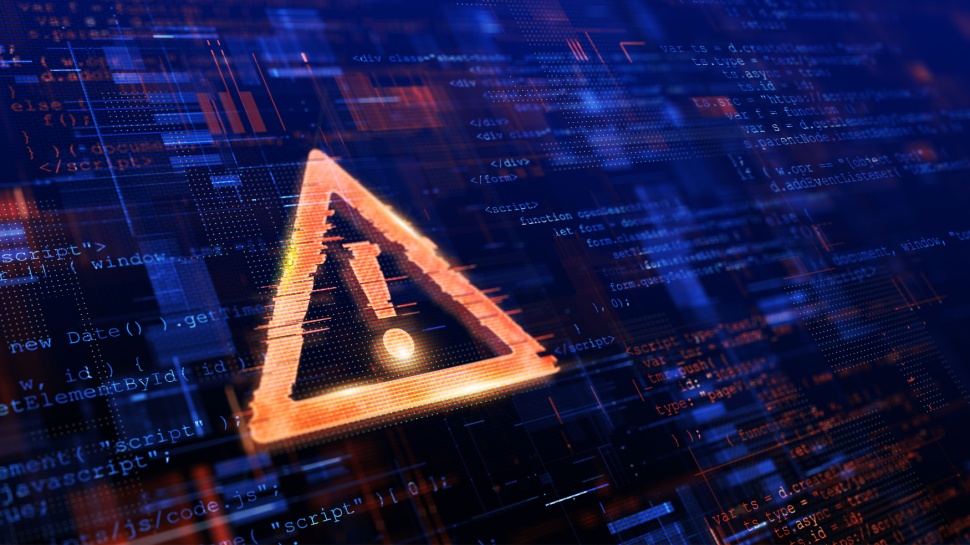





















































































































































![[The AI Show Episode 146]: Rise of “AI-First” Companies, AI Job Disruption, GPT-4o Update Gets Rolled Back, How Big Consulting Firms Use AI, and Meta AI App](https://www.marketingaiinstitute.com/hubfs/ep%20146%20cover.png)








































































































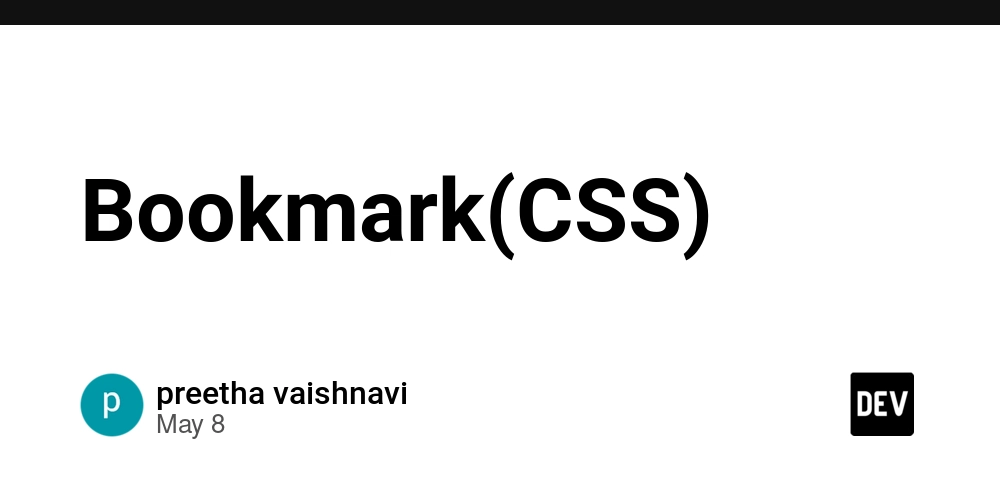


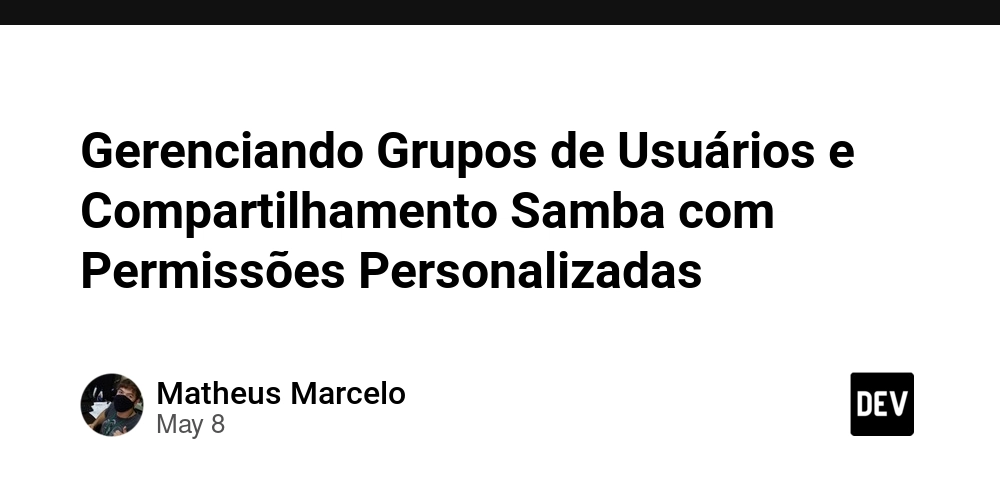














![[DEALS] The Premium Python Programming PCEP Certification Prep Bundle (67% off) & Other Deals Up To 98% Off – Offers End Soon!](https://www.javacodegeeks.com/wp-content/uploads/2012/12/jcg-logo.jpg)














































































































-Mafia-The-Old-Country---The-Initiation-Trailer-00-00-54.png?width=1920&height=1920&fit=bounds&quality=70&format=jpg&auto=webp#)
-Nintendo-Switch-2---Reveal-Trailer-00-01-52.png?width=1920&height=1920&fit=bounds&quality=70&format=jpg&auto=webp#)























_Sergey_Tarasov_Alamy.jpg?width=1280&auto=webp&quality=80&disable=upscale#)









































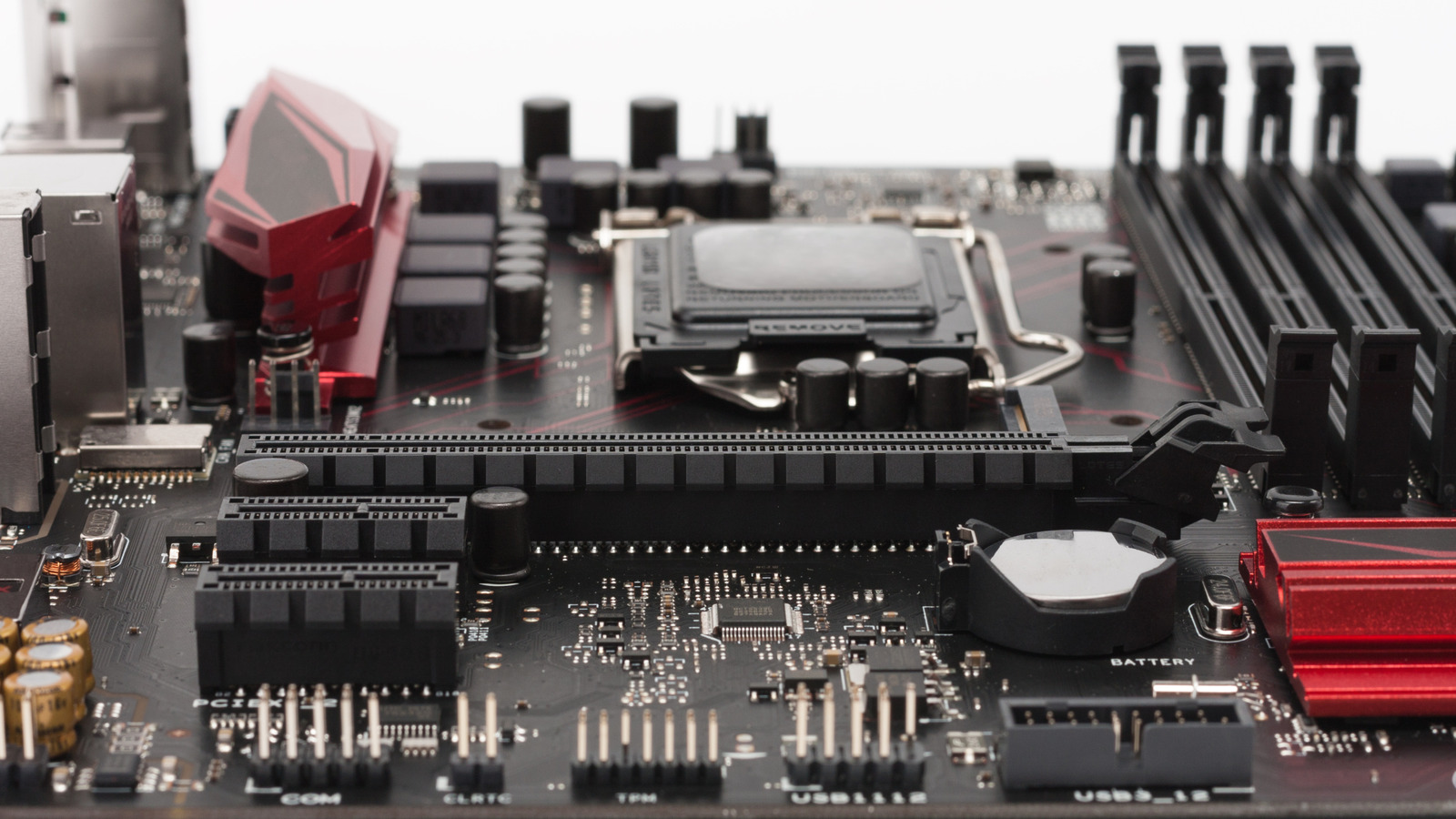






































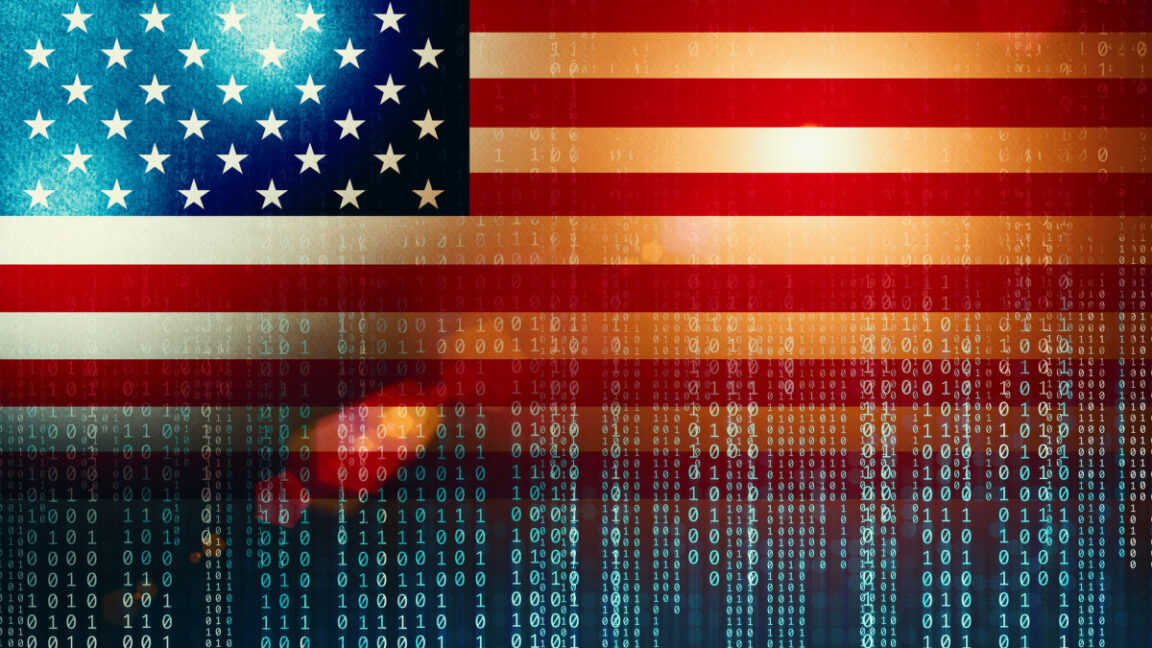



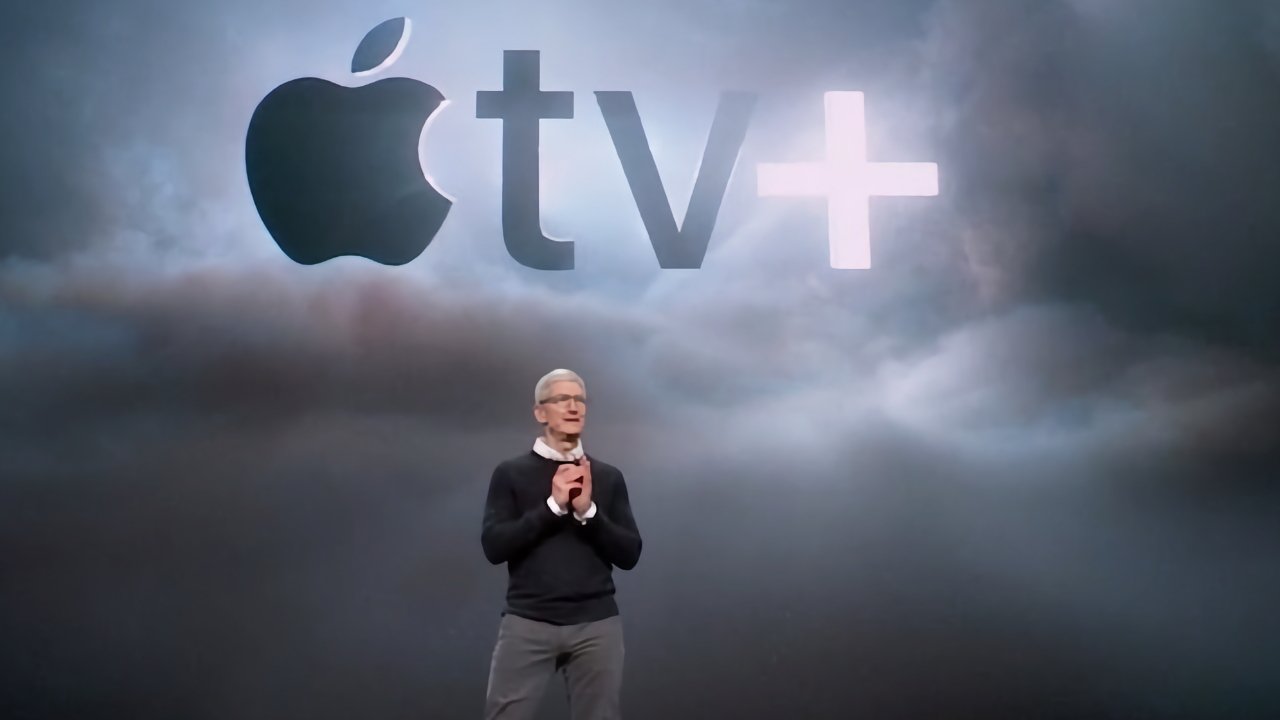





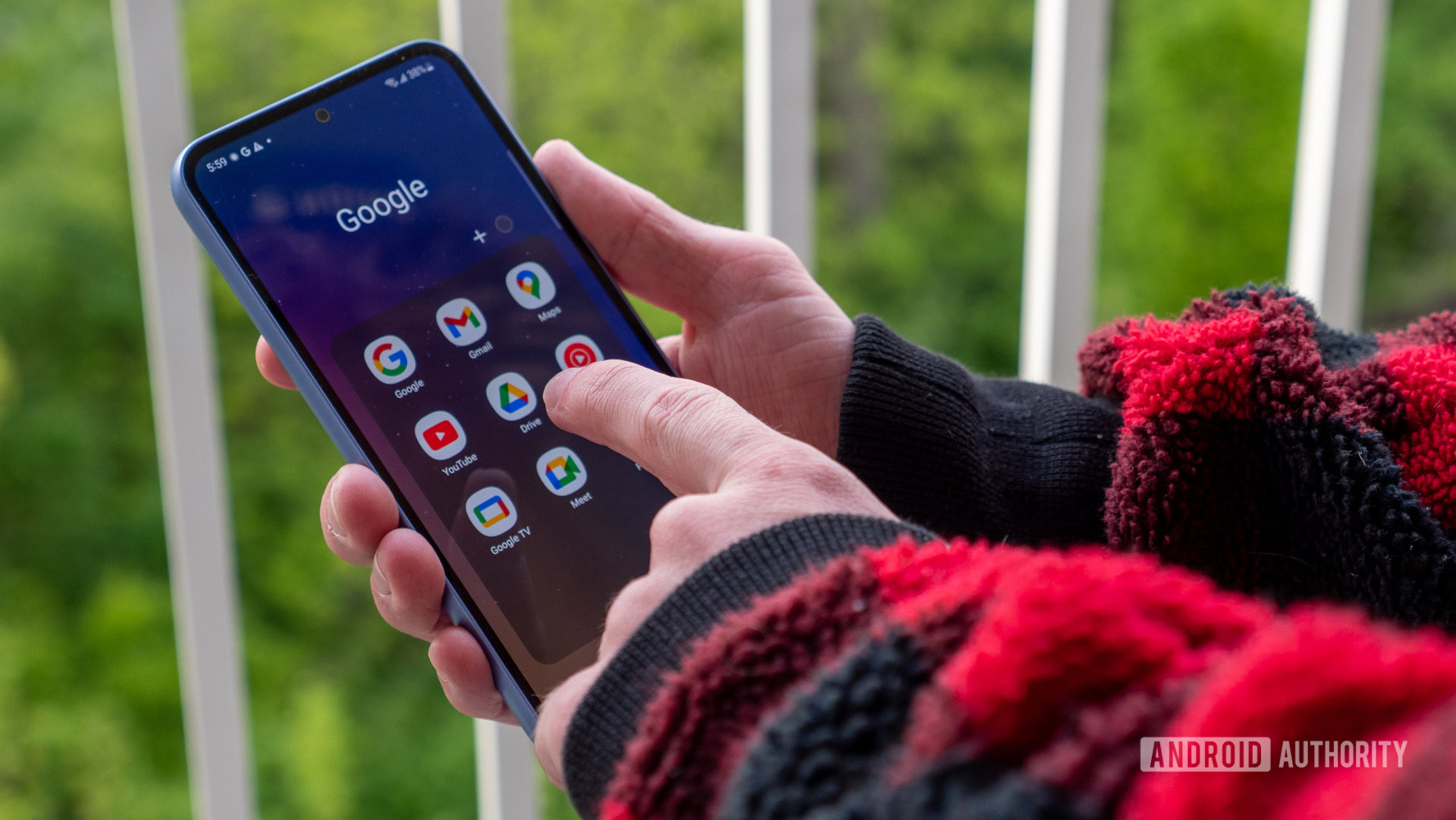
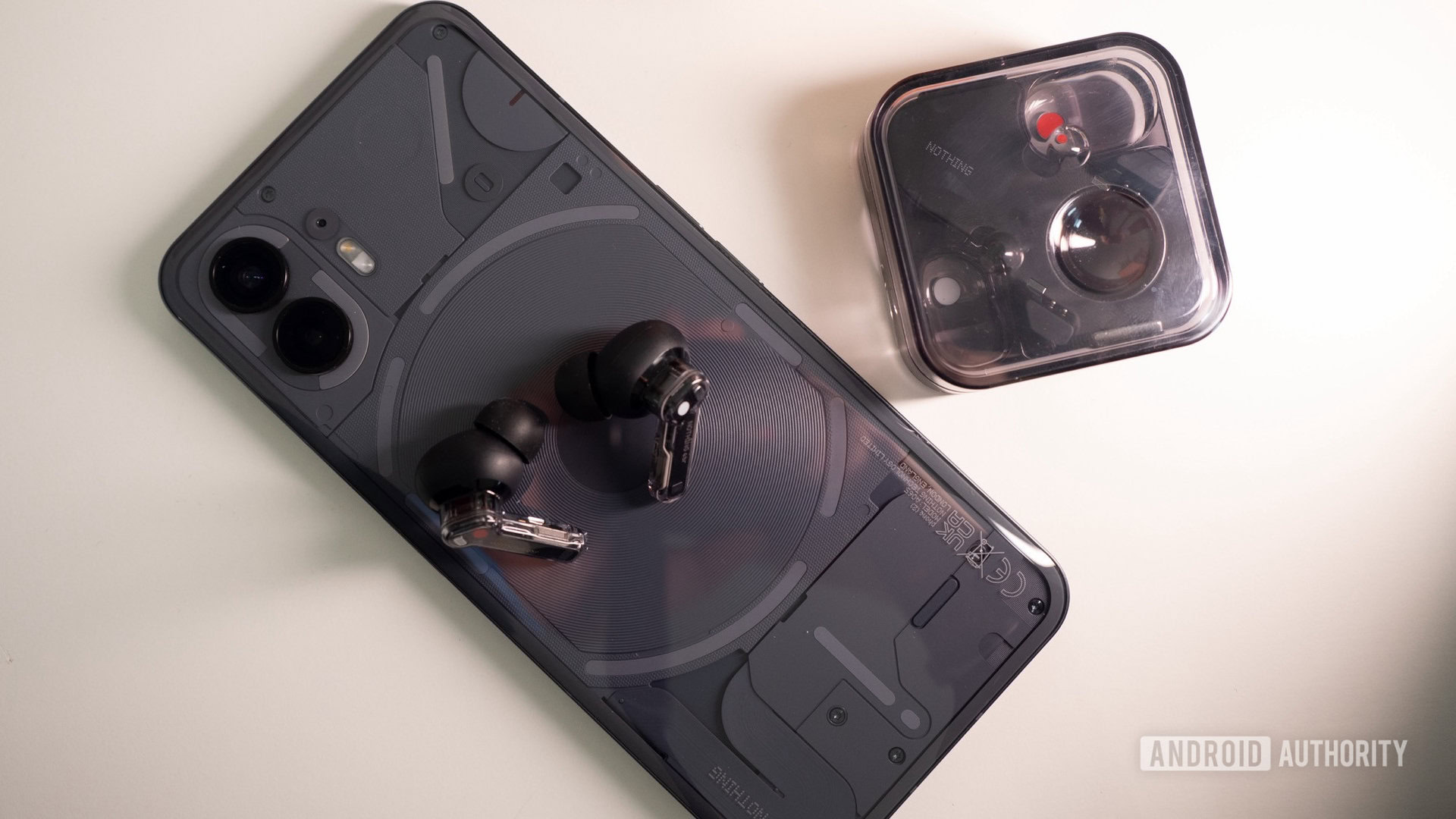

![Instacart’s new Fizz alcohol delivery app is aimed at Gen Z [U]](https://i0.wp.com/9to5mac.com/wp-content/uploads/sites/6/2025/05/Instacarts-new-Fizz-alcohol-delivery-app-is-aimed-at-Gen-Z.jpg?resize=1200%2C628&quality=82&strip=all&ssl=1)




















![Beats Studio Pro Wireless Headphones Now Just $169.95 - Save 51%! [Deal]](https://www.iclarified.com/images/news/97258/97258/97258-640.jpg)




























































